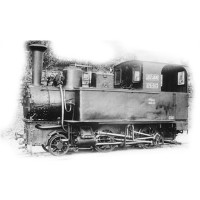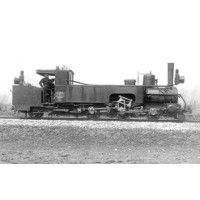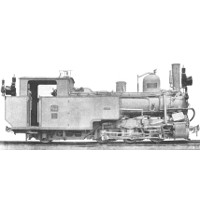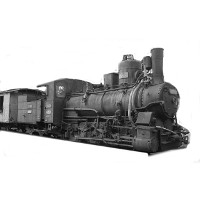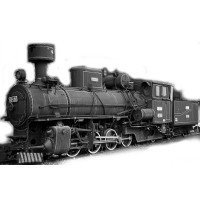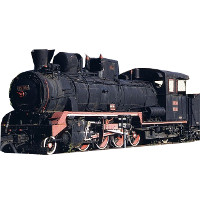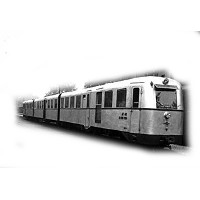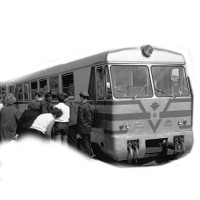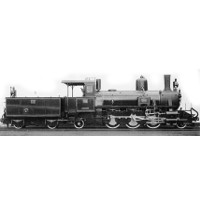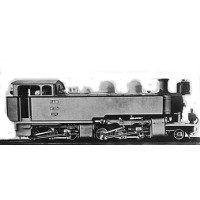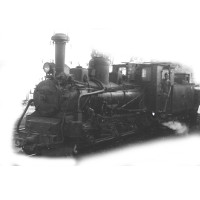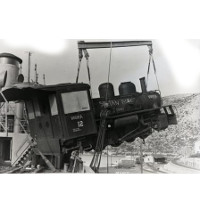BosnianGauge Tracks
Bosna railway
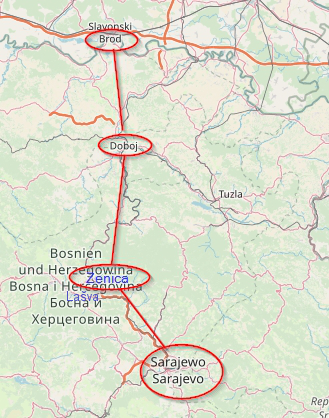
Bosnabahn (BHStB); 355.2 km, built 1872-1898
- Bosanski Brod–Doboj–Zavidovići–Zenica–Lašva, Podlugovi–Vogošća–Sarajevo; 268.2 km, built 1879–1882, connection to the Spalato Railway at Lašva, as well as the East Bosnian railway and the Narenta railway at Sarajevo.
- Branch: Doboj–Karanovac–Simin Han, 66.7 km, built 1886; Branch Karanovac–Gračanica, 6.0 km, built 1898.
- Branch: Zavidovići–Olovo
- Branch: Podlugovi–Vareš, 24,5 km; Čevljanović–Ivančići, 1.9 km
- Branch: Vogošća–Čevljanovići; 20.3 km built 1885.
East Bosnian railway
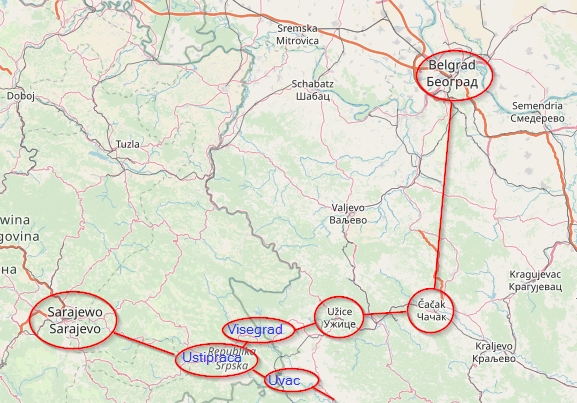
Bosnische Ostbahn (Bosanska istočna pruga) 166.4 km, built 1906.
- Sarajevo–Pale–Ustiprača–Međeđa–Uvac 137,6 km (Serbian border); Uvac-Priboj, Serbia, built 1929. This line is connected to the Bosna railway and the Narenta railway at Sarajevo.
- Međeđa–Višegrad–Dobrun 21,5 km; Dobrun–Vardište 7.3 km (Serbian border); Vardište–Mokra Gora–Šargan Vitasi–Užice, built 1925; Užice–Čačak, built 1912; Čačak–Gornji Milanovac, built 1920; Gornji Milanovac-Lajkovac, built 1922; Lajkovac–Obrenovac, built 1908; Obrenovac–Belgrade, built 1928.
- Ustiprača–Foča–Miljevina 56 km, built 1939
Narenta railway
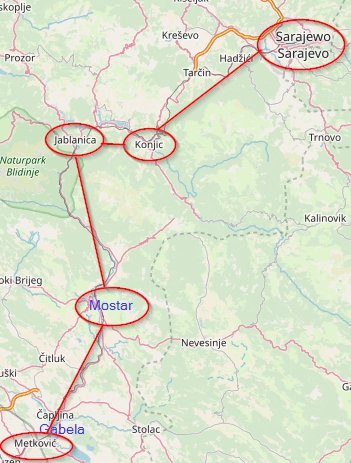
Narentabahn (Neretvanska pruga); 178.4 km, constructed 1885 – 1891.
- Metković–Gabela–Čapljina-Mostar; 42.4 km, 1885 (Gabela is a junction with the Dalmatian railway)
- Mostar–Ostrožac; 65.9 km, 1888
- Ostrožac–Konjic; 13.0 km, 1889
- Konjic–Ivan pass–Ilidža–Sarajevo; 55.8 km, 1891 (including 30.3 km of Abt rack railway over the Ivan mountain pass, replaced with a tunnel in 1931, having a standard-gauge railway structure gauge). Connecting with the Ostbahn and the Bosna railway at Sarajevo.
- Branch: Gabela–Metković–Ploče; 1942 extension to a planned sea harbour in Ploče.
- Branch: Ilidža–Banja Ilidža; 1.3 km, built 1892.
Dalmatian and Zelenika railway
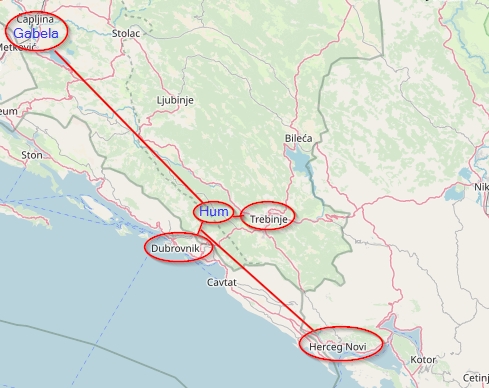
Dalmatiner Bahn (Dalmatinska pruga); 188,6 km, built 1901.
- Gabela−Hum–Uskoplje–Herceg Novi (Montenegro)–Zelenika; 155,5 km (Gabela Junction–Narenta railway (Sarajevo))
- Hum–Trebinje, 17 km, built in 1901 and extended to Bileća in 1931 (37 km), Nikšić (Montenegro) in 1938 (71 km) and further to Podgorica in 1948 (56 km).
- Branch: Uskoplje–Dubrovnik; 16,5 km
Trebinje-Bileća
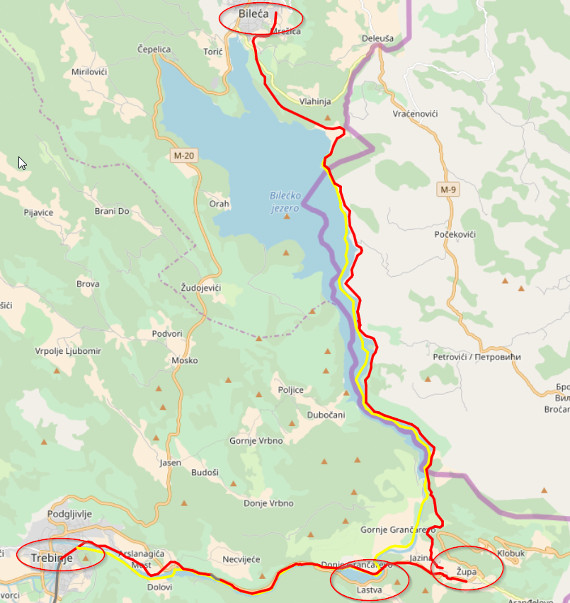
Trebinje - Bileća37 km, constructed 1930 – 1832.
- Trebinje-Lastva; 11.9 km, 1930
- Lastva–Bileća ; 25 km, 1931
